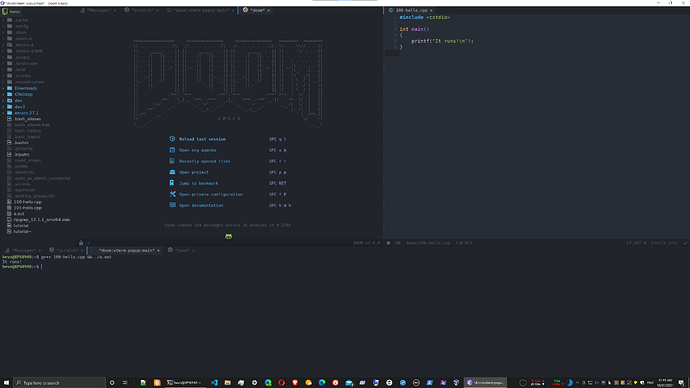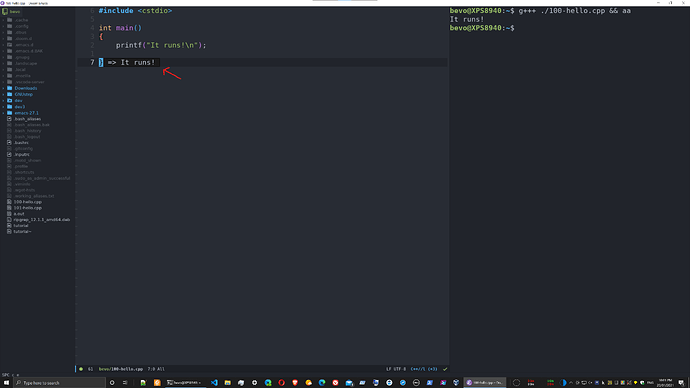Behold the Shader Lord (not my code and see below for link to see it in action)!:
(ps I know the code is on the page, but it’s worth taking a moment of respect for the code, alone and without distractions.  )
)
#define T texture(iChannel0, uv
#define W vec2
#define time iTime
float alpha;
#define res iResolution
vec4 bloom = vec4(0), blur = vec4(0);
#define GA 2.399
mat2 rot = mat2(cos(GA),sin(GA),-sin(GA),cos(GA));
vec3 pixel=vec3(.001*8./6.,.001, 0) * .05;
float intensity(vec4 col) {
return dot(col.rgb, vec3(0.2126, 0.7152, 0.0722));
}
// simplified version of Dave Hoskins blur
void dof(sampler2D tex, vec2 uv, float rad, vec4 org)
{
vec2 angle=vec2(0,rad);
rad=1.;
float bc = 1.;
for (int j=0;j<60;j++)
{
rad += 1./rad;
angle*=rot;
vec4 col=texture(tex,uv+pixel.xy*(rad-1.)*angle);
if (intensity(col) > .8) {
bloom += col;
}
blur += col;
}
blur /= 96.;
}
//-------------------------------------------------------------------------------------------
void mainImage(out vec4 fragColor,in vec2 fragCoord)
{
vec2 uv = gl_FragCoord.xy / res.xy;
vec4 orgColor = (
texture(iChannel0,uv)
+ (texture(iChannel0,uv + pixel.xz)
+ texture(iChannel0,uv + pixel.zx)
+ texture(iChannel0,uv - pixel.xz)
+ texture(iChannel0,uv - pixel.zx)
) * .25
) / 2.,
oo = orgColor;
alpha = texture(iChannel0,uv).a;
dof(iChannel0,uv, 40., orgColor);
orgColor += bloom * 0.03;
orgColor = mix(
orgColor,
blur,
clamp(
min(1., 1. - pow(abs(alpha - .6) * 2., 2.)),
0.,
1.
)
);
orgColor = mix(
orgColor,
blur.bgra,
clamp(
min(1., pow(length(uv -.5) * 1.4, 2.)),
0.,
1.
)
);
//fragColor = oo;
fragColor = orgColor;
}



 )
)